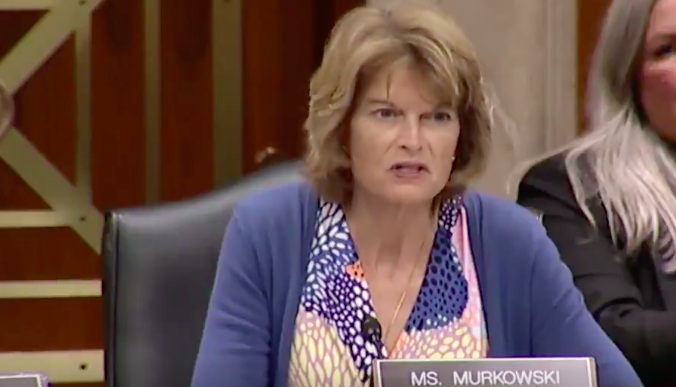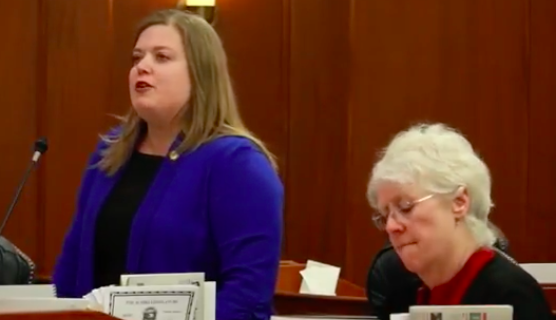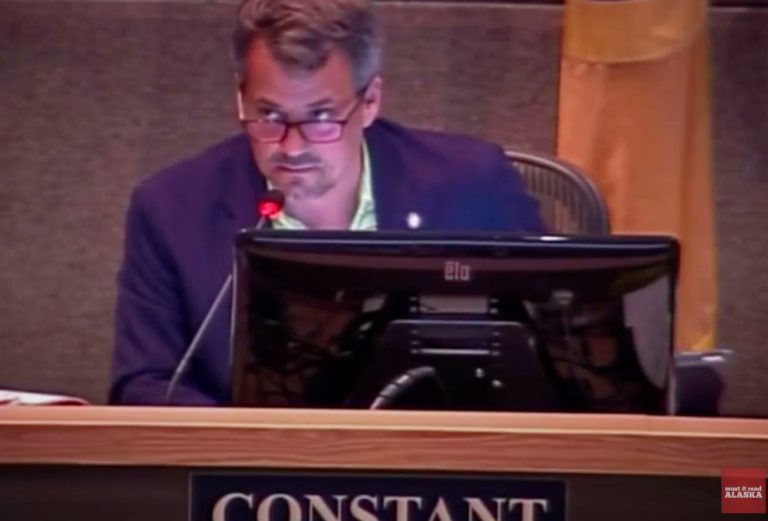The editorial board of the Wall Street Journal picked apart the infrastructure bill that was forged by the Gang of 10 from the Senate in collaboration with President Joe Biden, saying it was a trick.
“Politicians in Washington renege on their bipartisan promises all the time, but what are we to make of a deal in which one side admits it is pulling a bait and switch from the start? That was the astonishing news Thursday as President Biden and Speaker Nancy Pelosi endorsed a bipartisan Senate infrastructure deal even as they said the price of their support is getting the rest of their agenda too,” the newspaper wrote.
Biden and the five Democrats and five Republicans, including Sen. Lisa Murkowski, announced the $1.2 trillion infrastructure package they had agreed on.
Read: Murkowski, Gang of 10 forge infrastructure deal with Biden
But just two hours later, Biden pulled a fast one: He said he won’t sign the infrastructure bill unless the Senate passes another $3 trillion or more he wants in tax increases and entitlement programs. They’ll have to move “on a dual track,” he said.
“What we agreed on today is what we could agree on. The physical infrastructure. There’s no agreement on the rest,” Mr. Biden said. “If this is the only thing that comes to me, I’m not signing it.”
The newspaper was unkind: “Most politicians at least wait a decent interval to pull a double cross. But Mrs. Pelosi and Mr. Biden are trying to prevent a revolt on the left. So they are now holding a bipartisan deal hostage to the left’s demands. This is political blackmail aimed at Democrats like Joe Manchin and Kyrsten Sinema who are part of the bipartisan Senate Gang of 10: Unless they sign on to all of the progressive tax-and-spend agenda, they won’t get their bipartisan deal. And Mr. Biden and progressives will blame them for the failure.
“This is remarkable bad faith even for Washington. We’ll have more to say about the details of the bipartisan deal as they emerge. But Thursday’s comments make clear this exercise isn’t bipartisan at all. The Pelosi-Biden political goal is to use this Senate deal as leverage to jam through the rest of their progressive wish list.
“The question is why Senate Republicans would sign on to this deal when they are being told to their faces they’ll be double-crossed. Senate GOP leader Mitch McConnell expressed appropriate doubt due to the bait and switch late Thursday. Some Republicans hope the bipartisan deal will make it harder to pass a reconciliation bill by taking away the popular infrastructure bits. But unless Republicans know that Mr. Manchin or other Democrats won’t support a Pelosi reconciliation bill, that hope appears to have died on Thursday,” the Wall Street Journal wrote.
Biden made it clear: “I control that. If they don’t come, I’m not signing it. Real simple,” Biden answered, when asked how he planned to get the infrastructure measure and taxes-and-entitlements package through Congress at the same time.
“We need physical infrastructure, but we also need the human infrastructure as well,” Biden said. “We’re going to have to do that through the budget process and we need a fair tax system to pay for it all.”
Biden has asked Congress to pass an additional $1.8 trillion in funding for things like free child care, free universal preschool, and free college.
Perhaps before they realized they’d been double-crossed, U.S. Senators Richard Burr (R-N.C.), Bill Cassidy (R-La.), Susan Collins (R-Maine), Chris Coons (D-Del.), Lindsey Graham (R-S.C.), Maggie Hassan (D-N.H.), John Hickenlooper (D-CO), Mark Kelly (D-Ariz.), Angus King (I-Maine), Joe Manchin (D-W.Va.), Jerry Moran (R-Kan.), Lisa Murkowski (R-Alaska), Rob Portman (R-Ohio), Mitt Romney (R-Utah), Mike Rounds (R-S.D.), Jeanne Shaheen (D-N.H.), Kyrsten Sinema (D-Ariz.), Jon Tester (D-Mont.), Thom Tillis (R-N.C.), Mark Warner (D-Va.) and Todd Young (R-Ind.) issued a statement:
“Today, we’re proud to advance this bipartisan proposal to make a historic investment in America’s critical infrastructure needs, advance cleaner technologies, create jobs, and strengthen American competitiveness, without raising taxes. This agreement shows that the two parties can still come together, find common ground, and get things done that matter to everyday Americans. We are happy to have President Biden’s support, and will now get to work enlisting the support of colleagues on both sides of the aisle.”







